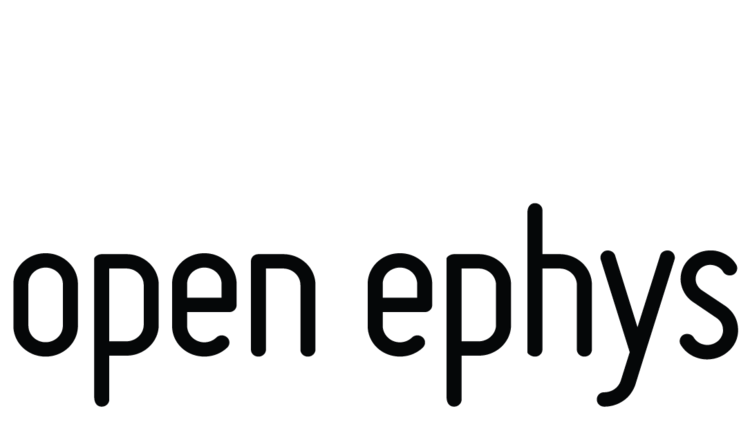More acquisition boards are on the way
The last round of Open Ephys acquisition boards sold out in less than 10 minutes, much faster than we expected. Fortunately, CircuitHub is currently manufacturing additional boards, which will be ready to ship sometime in July. If you were hoping to purchase boards but weren't able to submit an order in time, you can place a reservation for the next round by sending an email to info@open-ephys.org.
The CircuitHub acquisition board packages will include USB 3.0 data transmission (up to 512 channels), and will ship with two assembled I/O boards. You'll have to purchase headstages and cables separately from Intan Technologies.
Next-generation system development
We've been working on a set of standards that will hopefully form the backbone for the next generation of data acquisition systems. We are optimistic that a very simple common standard for hardware and software interconnects can make future data sources highly inter-operable without sacrificing any performance or flexibility. This means that engineers in academia and industry could focus on making better tools rather than re-inventing the data acquisition interface for each new system. The standard is still being developed, so any and all input is welcome. We encourage everyone to read through the latest white paper and get in touch with suggestions and opinions.
Open Ephys at SWC and TENSS
Four members of the Open Ephys team recently traveled to London to take part in a workshop on next-generation electrode technologies organized by Adam Kampff of the Sainsbury Wellcome Centre for Neural Circuits and Behavior. Following the workshop, we headed to Romania to visit the Transylvanian Experimental Neuroscience Summer School (TENSS). TENSS provides a unique opportunity for students from around the world to learn how to build cutting-edge neuroscience rigs in an idyllic, isolated setting. Over the past 3 years, much of the extracellular electrophysiology data in the course has been collected with the Open Ephys acquisition board.
In the days before the course began, we set up a prototype data acquisition system that transfers data via the PCIe bus. PCIe data transmission can greatly reduce the amount of time it takes for neural signals to reach a computer, compared to either USB or Ethernet. By the time the students arrived at the course, we had a demonstration up and running in which spikes occurring in visual cortex were used to trigger optogenetic activation of neurons in motor cortex, with a delay of less than 100 microseconds. The details of the recording system we used (which is a prototype of the next-generation system mentioned above) can be found in this repository.
New software available for download
A new release of the Open Ephys GUI is now available as pre-compiled binaries for Windows, Mac, and Linux. This release (v0.4.1) includes major performance improvements related to visualization and recording, as well as a greatly simplified installation process on OS X. For even more new features currently under development, check out the plugin-GUI development branch (which needs to be compiled from source).
We'd also like to remind everyone to be diligent about using the GUI's Issues page on GitHub. The more information we have about bugs and crashes, the faster they can get fixed!
Until next time,
The Open Ephys Team
